You are leaving our Website
Using an external Link:
You are now leaving our website. The following page is operated by a third party. We accept no responsibility for the content, data protection, or security of the linked page..
URL:
NT200: CompTIA™ Network+
Training - Network - Cetifikation


In this course NT200 CompTIA™ Network+ you will learn the fundamental principles of installation, configuration and troubleshooting of network technologies as well as security measures to protect networks from threats and minimize security vulnerabilities.
Course language: Optional German or English
Course materials: English
Exam language: English
Start: 2026-08-17 | 10:00 am
End: 2026-08-21 | 01:30 pm
Location: Nürnberg
Price: 2.490,00 € plus VAT.
Start: 2026-08-17 | 10:00 am
End: 2026-08-21 | 01:30 pm
Location: Nürnberg
Price: 2.490,00 € plus VAT.
Agenda:
- Networking concepts (23%)
- OSI model layers: physical, data link, network, transport, session, presentation, application.
- Networking appliances: routers, switches, firewalls, IDS/IPS, load balancers, proxies, NAS, SAN, and wireless devices.
- Cloud concepts: NFV, VPC, network security groups, cloud gateways, deployment models (public, private, hybrid), service models (SaaS, IaaS, PaaS).
- Ports and protocols: FTP, SFTP, SSH, Telnet, SMTP, DNS, DHCP, HTTP, HTTPS, SNMP, LDAP, RDP, SIP.
- Traffic types: unicast, multicast, anycast, broadcast
- Transmission media: wireless (802.11, cellular, satellite), wired (fiber, coaxial, DAC).
- Transceivers and connectors: SC, LC, ST, MPO, RJ11, RJ45, F-type, BNC.
- Network topologies: mesh, hybrid, star/hub and spoke, spine and leaf, point-to-point, three-tier, and collapsed core.
- IPv4 addressing: public vs. private, APIPA, RFC1918, loopback, subnetting (VLSM, CIDR), and address classes (A, B, C, D, E).
- Network implementation (20%)
- Routing technologies: static and dynamic routing (BGP, EIGRP, OSPF), route selection, NAT, PAT, FHRP, VIP, and subinterfaces.
- Switching technologies: VLANs, interface configuration, spanning tree, MTU, and jumbo frames.
- Wireless devices: channels, frequency options, SSID, network types, encryption, guest networks, authentication, antennas, and access points.
- Physical installations: installation implications, power considerations, and environmental factors.
- Network operations (19%)
- Documentation: physical vs. logical diagrams, rack diagrams, cable maps, network diagrams, asset inventory, IPAM, SLA, and wireless surveys.
- Life-cycle management: EOL, EOS, software management, and decommissioning.
- Change management: request process tracking.
- Configuration management: production, backup, baseline configurations.
- Network monitoring: SNMP, flow data, packet capture, baseline metrics, log aggregation, API integration, and port mirroring.
- Disaster recovery: RPO, RTO, MTTR, MTBF, cold/warm/hot sites, active-active/passive, and testing.
- Network services: DHCP, SLAAC, DNS, NTP, PTP, and NTS.
- Access and management: VPNs, SSH, GUI, API, and console.
- Network security (14%)
- Logical security: encryption (data in transit/rest), PKI, IAM, MFA, SSO, RADIUS, LDAP, SAML, TACACS+, time-based authentication, authorization, least privilege, role-based access control, and geofencing.
- Physical security: cameras and locks.
- Deception technologies: honeypot and honeynet.
- Security terminology: risk, vulnerability, exploit, threat, and CIA triad.
- Audits and compliance: data locality, PCI DSS, and GDPR.
- Network segmentation: IoT, IIoT, SCADA, ICS, OT, guest, and BYOD.
- Types of attacks: DoS/DDoS, VLAN hopping, MAC flooding, ARP poisoning/spoofing, DNS poisoning/spoofing, rogue devices/services, evil twin, on-path attack, and social engineering (phishing, dumpster diving, shoulder surfing, tailgating).
- Security features and defense: device hardening, NAC, key management, ACL, URL/content filtering, trusted vs. untrusted zones, and screened subnet.
- Network troubleshooting (24%)
- Troubleshooting methodology: identifying the problem, establishing a theory, testing, planning, and implementing a solution, verifying functionality, and documenting findings.
- Cabling and physical interface issues: cable issues (incorrect type, signal degradation, improper termination, TX/RX transposed), interface issues (increasing counters, port status), and hardware issues (PoE, transceiver mismatch, signal strength).
- Network services issues: switching issues (STP, VLAN assignment, ACLs), routing issues (routing table and default routes), address pool exhaustion, and incorrect gateway/IP/subnet mask.
- Performance issues: congestion, latency, packet loss, and wireless interference.
- Tools and protocols: protocol analyzers, command line tools, cable testers, and Wi-Fi analyzers.
Objectives:
- Setting up network connectivity using wired and wireless devices.
- Explaining the purpose of documentation and maintaining network documentation.
- Configuring common network services.
- Explaining basic concepts of data centers, cloud, and virtual networks.
- Monitoring network activity and troubleshooting performance and availability issues.
- Implementing network security hardening techniques.
- Managing, configuring, and troubleshooting network infrastructure
The CompTIA™ Network+ certification exam consists of a maximum of 90 questions that must be answered within 90 minutes. You need a score of at least 720 points (on a scale of 100-900) to pass the exam.
You can take the exam at a Pearson VUE test center or online.
Target audience:
The course NT200 CompTIA™ Network+ is designed for technical support specialists, network operations specialists, system administrators.Prerequisites:
To be able to follow the course content and learning pace of the course NT200 CompTIA™ Network+ effectively, the following prerequisites must be met:
- minimum 9-12 months practical network experience recommended
Other Info:
Exam: CompTIA™ Network+ Certification Exam / EXAM CODE N10-009Guaranteed implementation:
from 2 Attendees
Booking information:
Duration:
5 Days
Price:
2.490,00 € plus VAT.
(including lunch & drinks for in-person participation on-site)
Exam (Optional):
330,00 € plus VAT.
Appointment selection:
Authorized training partner
Authorized training partner
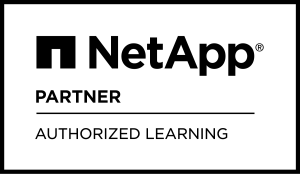
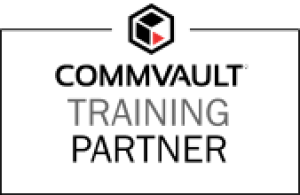

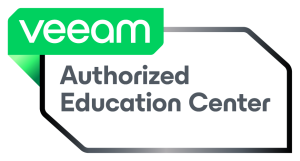
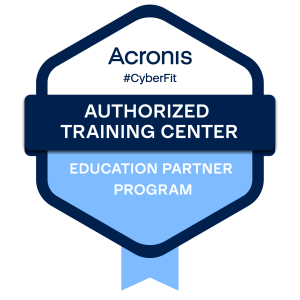
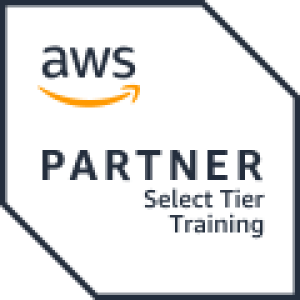
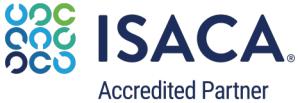
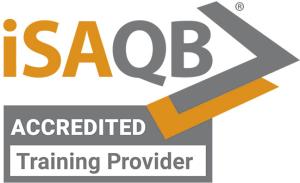


Memberships
Memberships
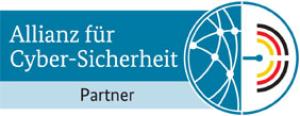


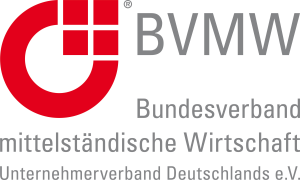

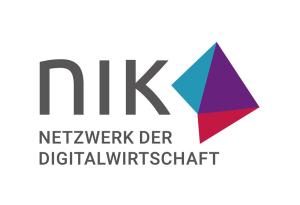


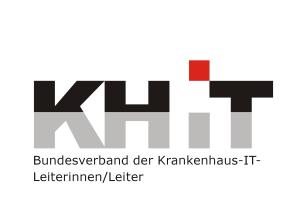




Shopping cart
NT200: CompTIA™ Network+
was added to the shopping cart.

